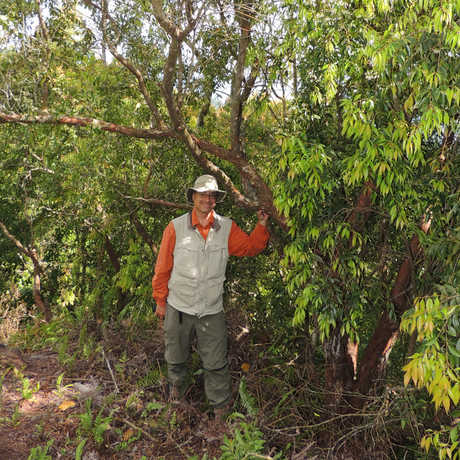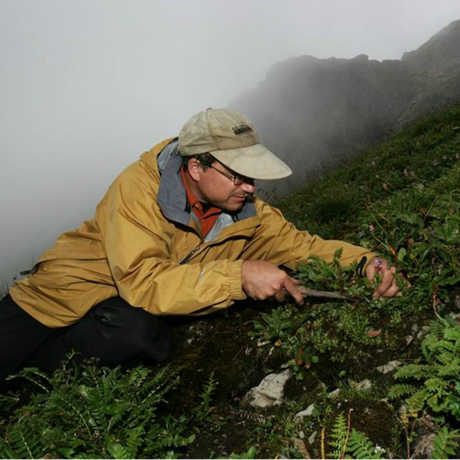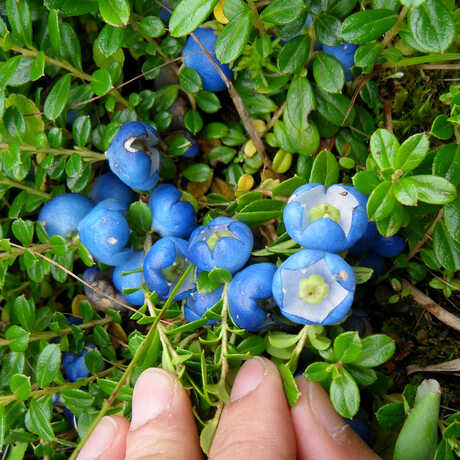Exchanging Ideas in China’s Yunnan Province
Peter Fritsch, PhD
Research Associate, Botany
Surveying the Gaoligong Mountains

Botanist Peter Fritsch first arrived in the Yunnan Province of China in 2000, and remembers marveling at the scope of the region his team was tasked to explore. That first year, Fritsch traveled to the Gaoligong Mountains—a range that runs along the border of Myanmar (also known as Burma) and supports millions of local lives—as part of a multi-disciplinary research project to survey the region’s profuse but little-known plants and animals.
“To call the region rugged is an understatement,” says Fritsch. “Over the course of several years, we’ve hiked through narrow canyons and valleys, and along raging rivers. These mountain habitats are so varied, it’s no surprise the life they contain is astoundingly rich.”
Now, more than 15 years after his first glimpse of the mountain range, Fritsch continues to lead a long-term, NSF-funded survey of regional biodiversity, uncovering a wealth of new species and creating a critical pool of GIS-based data for forest managers battling rapid deforestation.
In-country Capacity Building

Fritsch describes the chance to study in Yunnan as an “incredible opportunity” to exchange resources and information with forestry officials, young scientists from the Chinese Academy of Sciences, and a wide array of national institutions.
“As our survey work evolved into a massive multi-year project,” recalls Fritsch, “we got to know local forestry officials and saw first-hand the types of management challenges they were up against. We built relationships based on mutual exchange—we shared research and management perspectives from National Parks in the U.S., and they taught us a great deal about their home.”
In 2005, a group of Yunnan forestry officials attended management workshops at the Academy’s San Francisco headquarters. Meetings took visiting officials beyond desktop conversations to Yosemite National Park, where they saw federal Park staff in action.
Noticeable Change

“Yunnan forests are markedly different today,” says Fritsch. “For a variety of reasons, officials are infinitely better equipped to enforce protections and answer questions about local wildlife, and Academy staff have a better understanding of what it means to support in-country capacity building.”
While fuel collection and demands of a growing population still threaten Yunnan forests, Fritsch sees signs of recovery. “Watching Himalayan hemlocks grow back is a joy,” says Fritsch. “These tall trees are shooting up in spaces that were once dramatically cleared. It’s a heartening sign that forest protections are taking hold, and locals can hope for a healthier, more sustainable future.”
Fritsch continues to research Yunnan wintergreens—the high alpine plants that line the Gaoligong Mountains—and apply lessons learned from years of partnership building to Academy projects at home and abroad.
